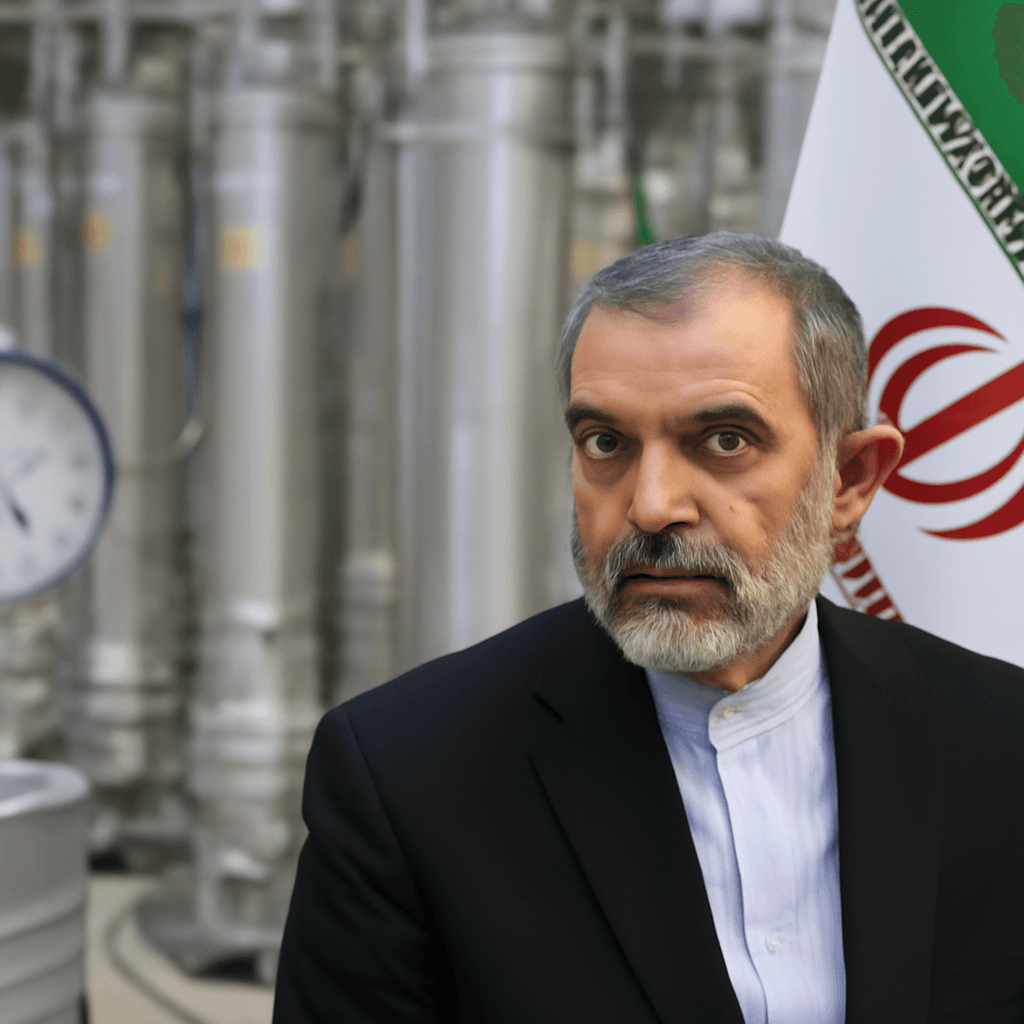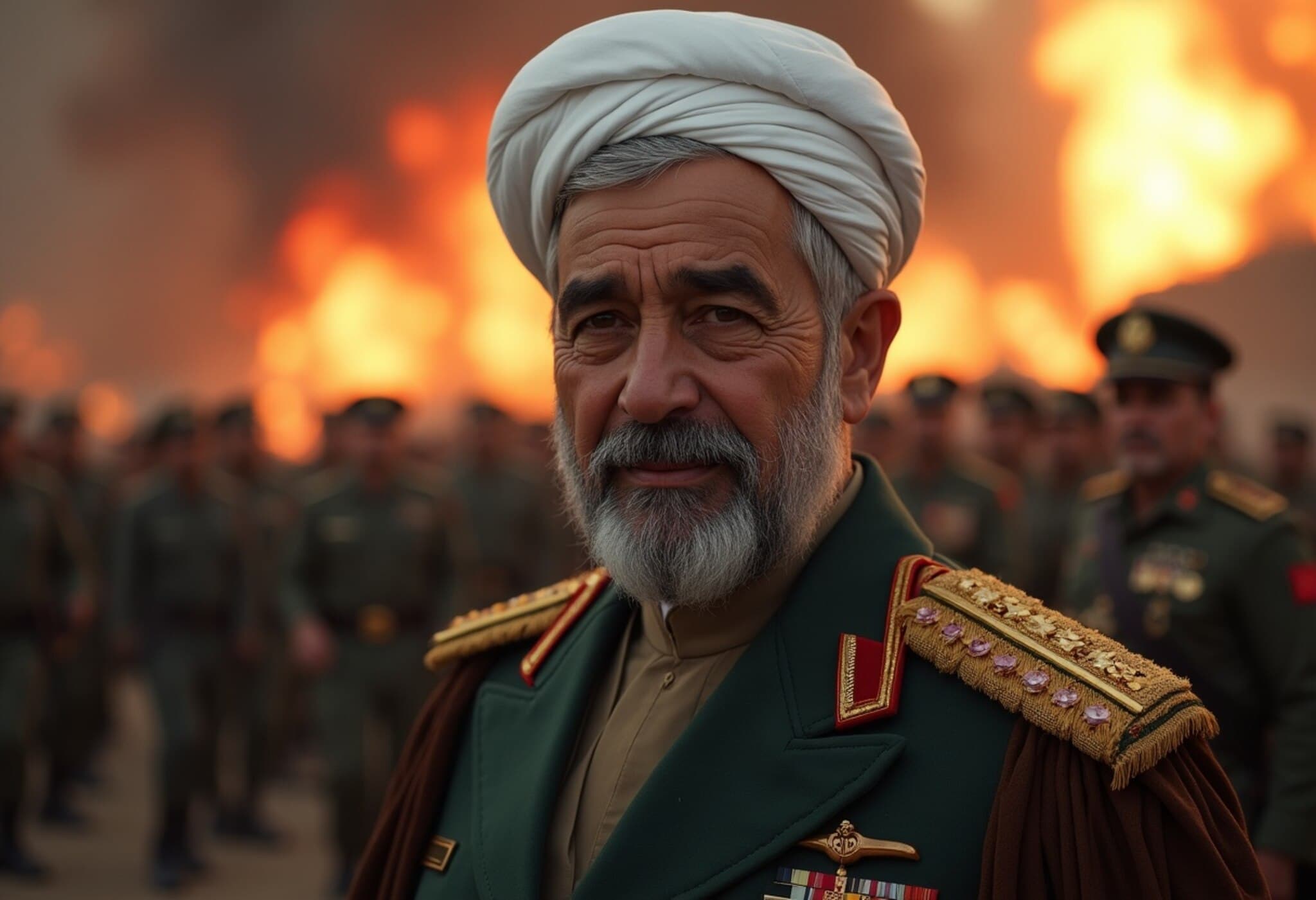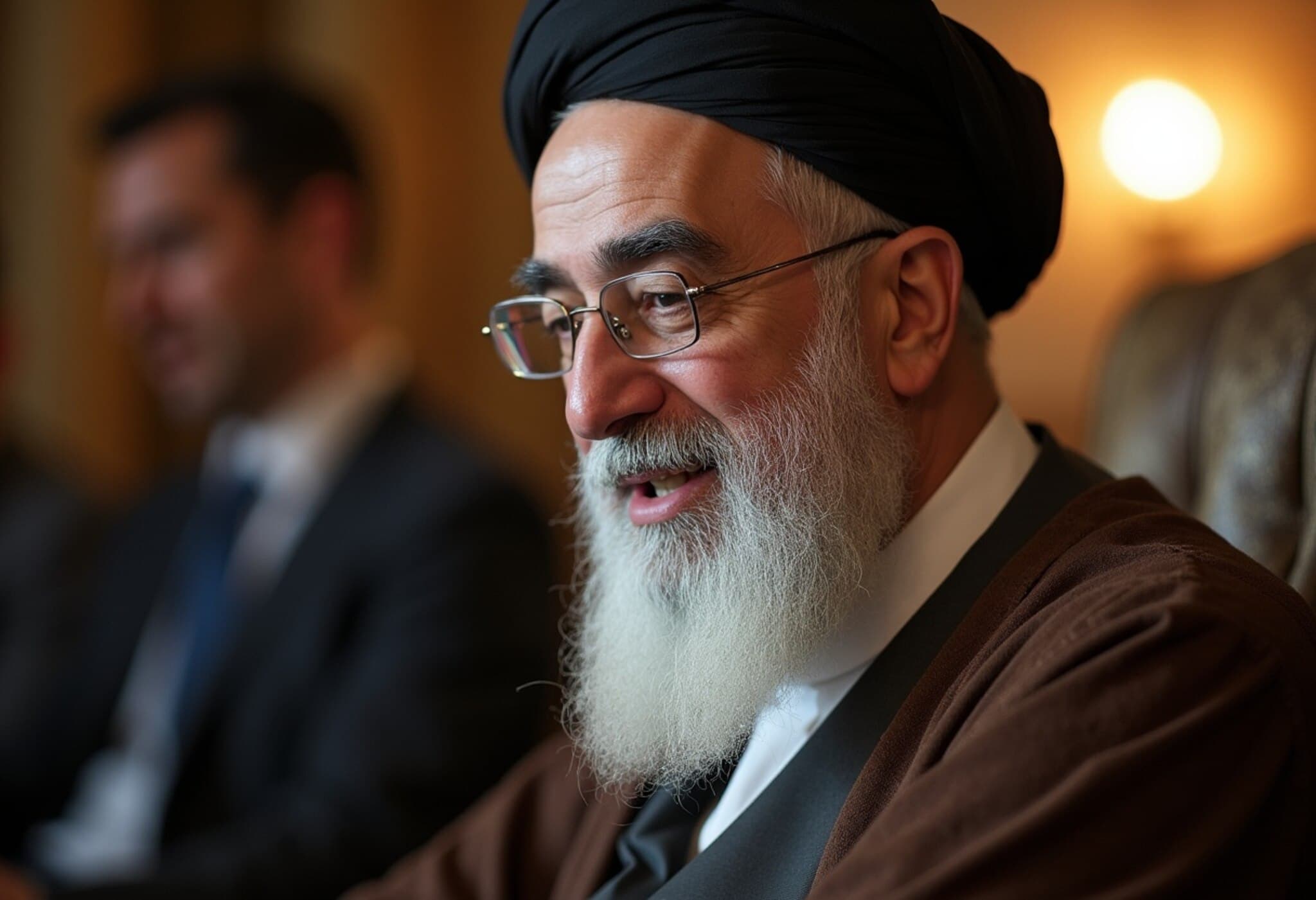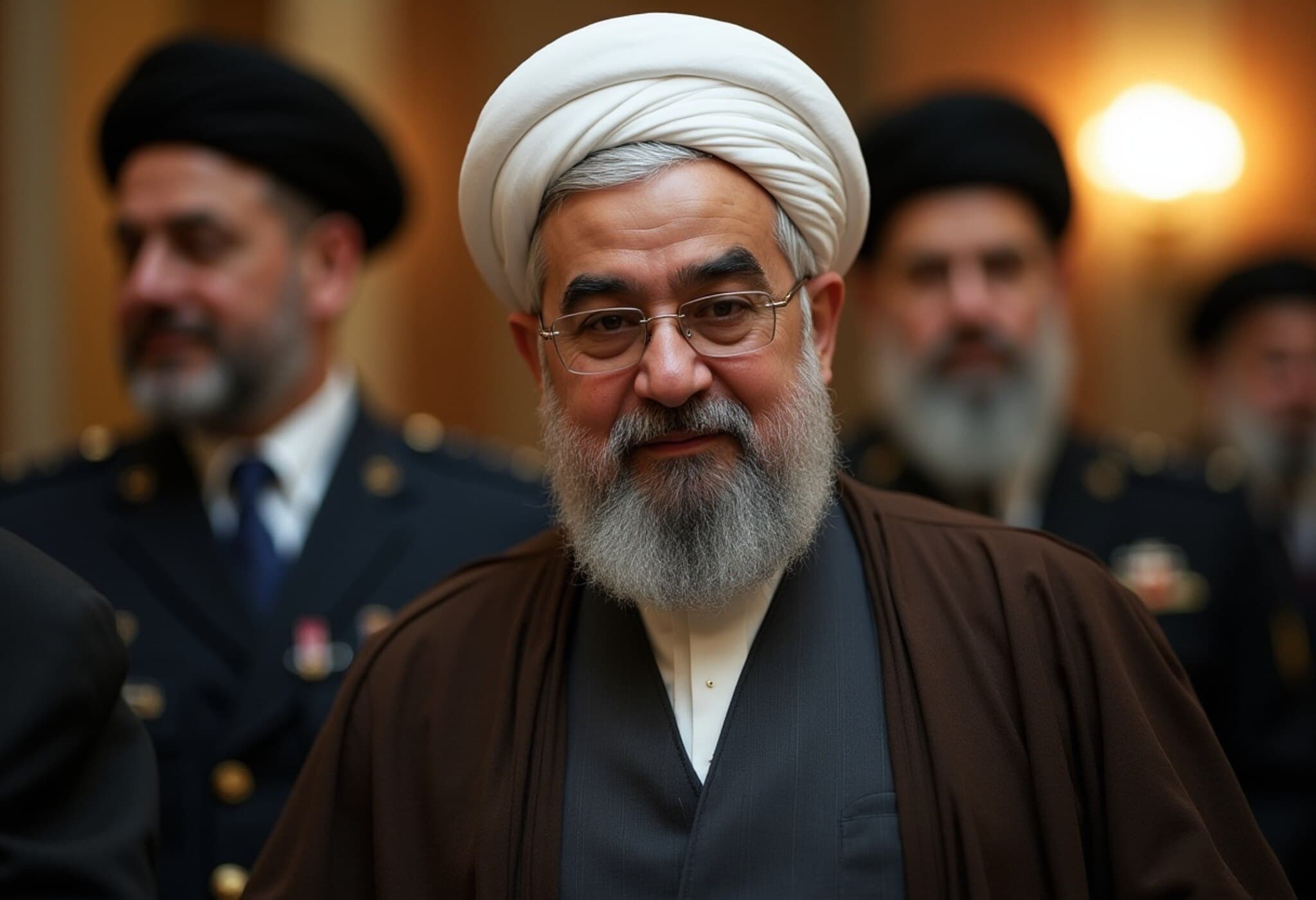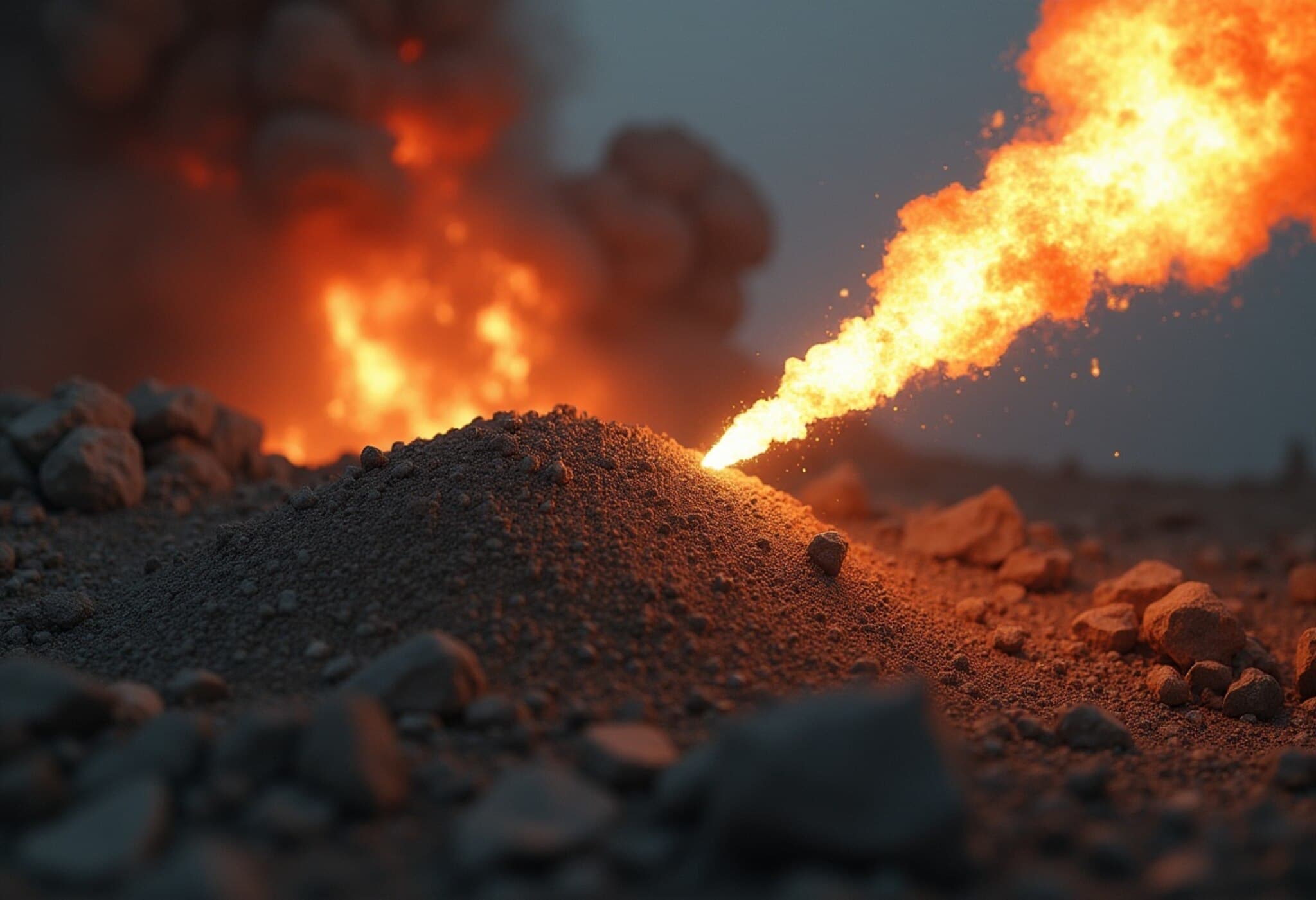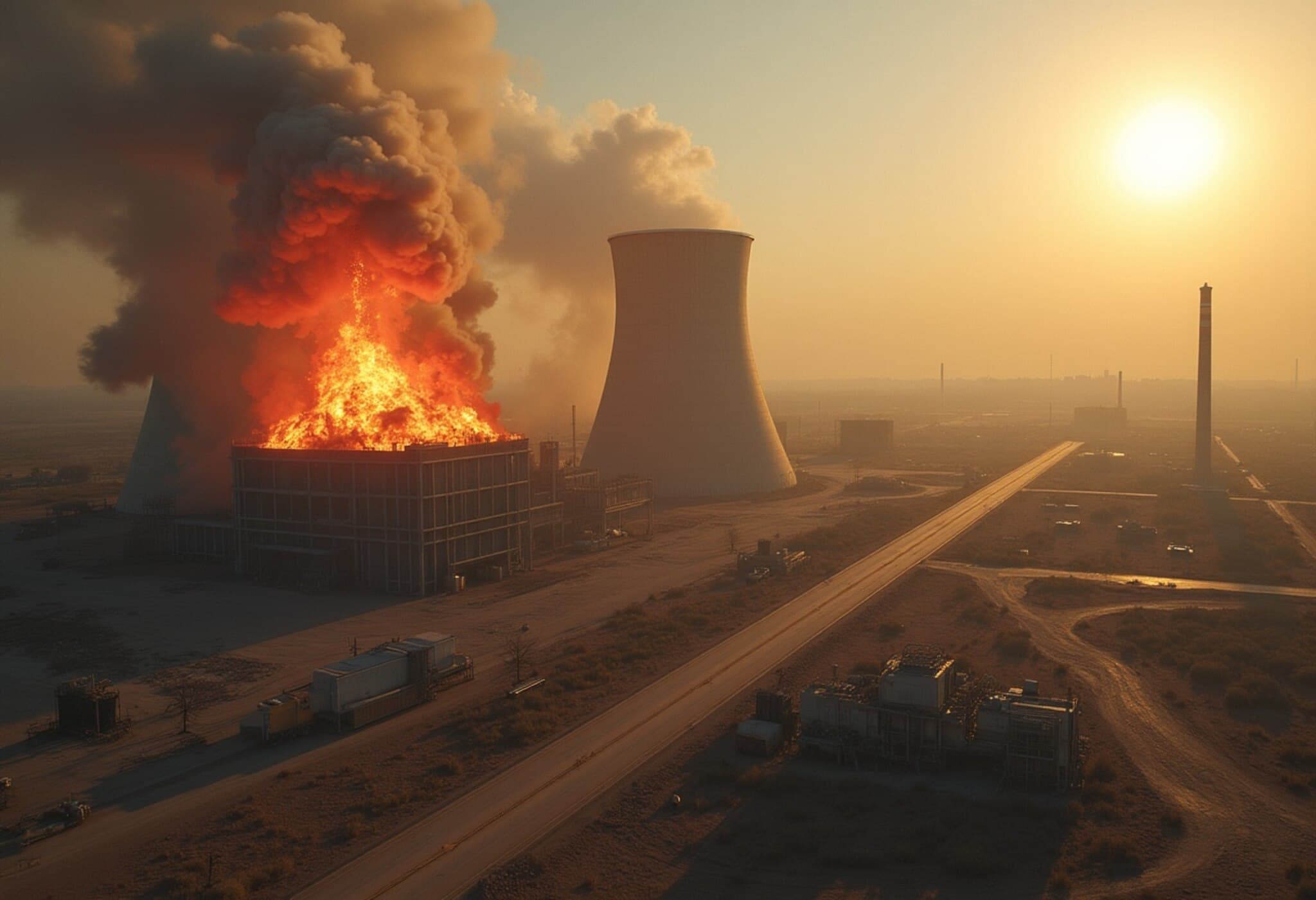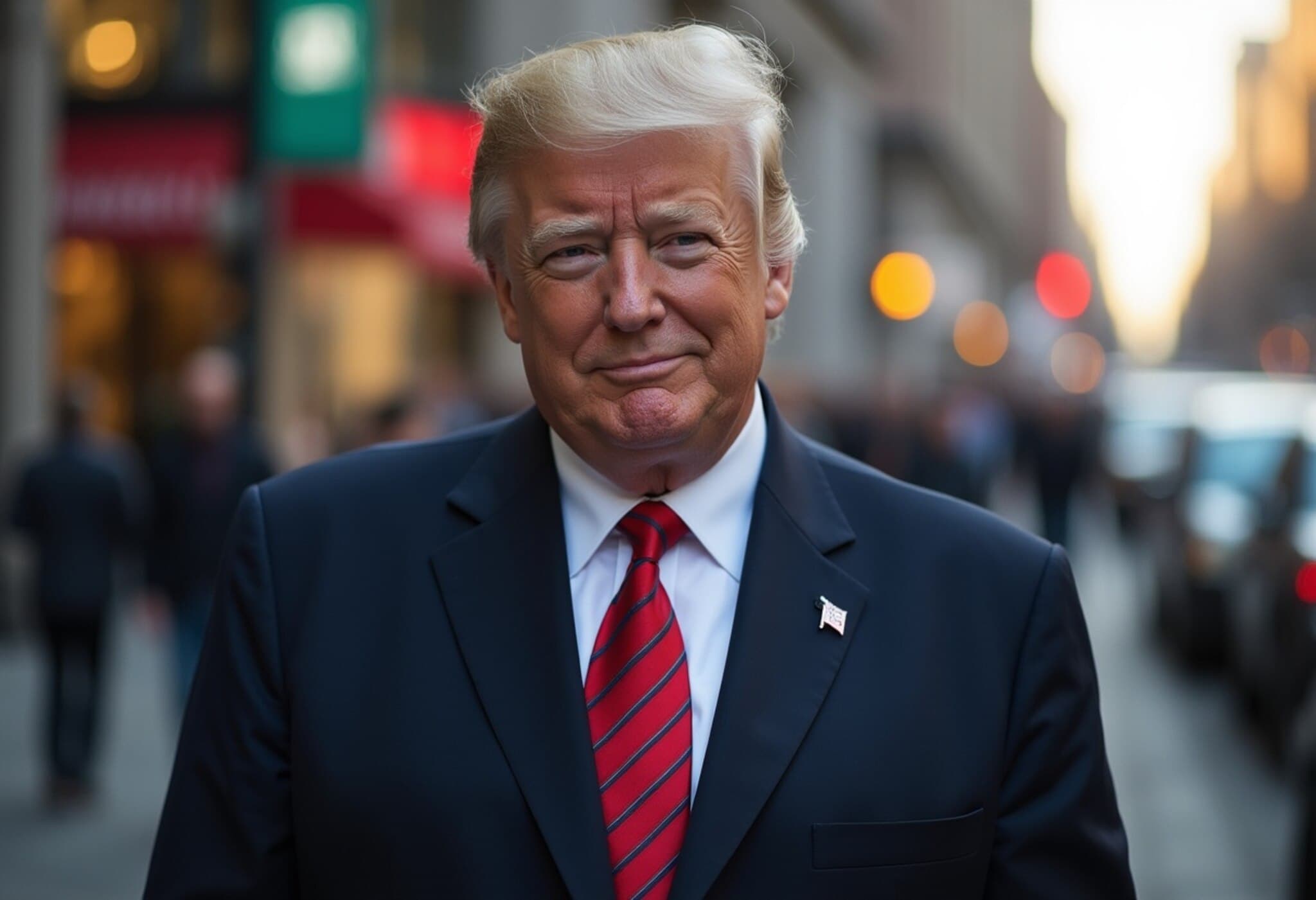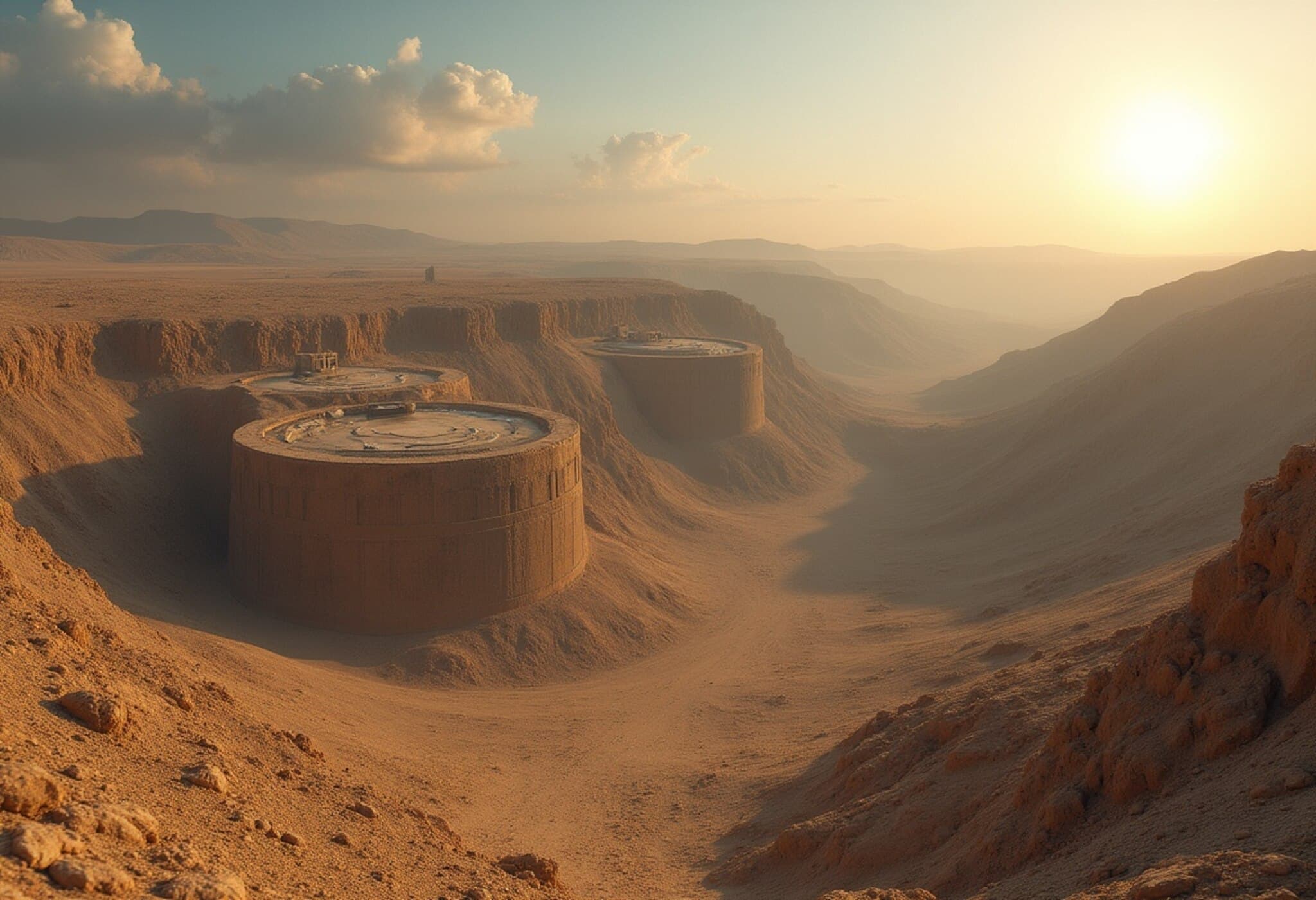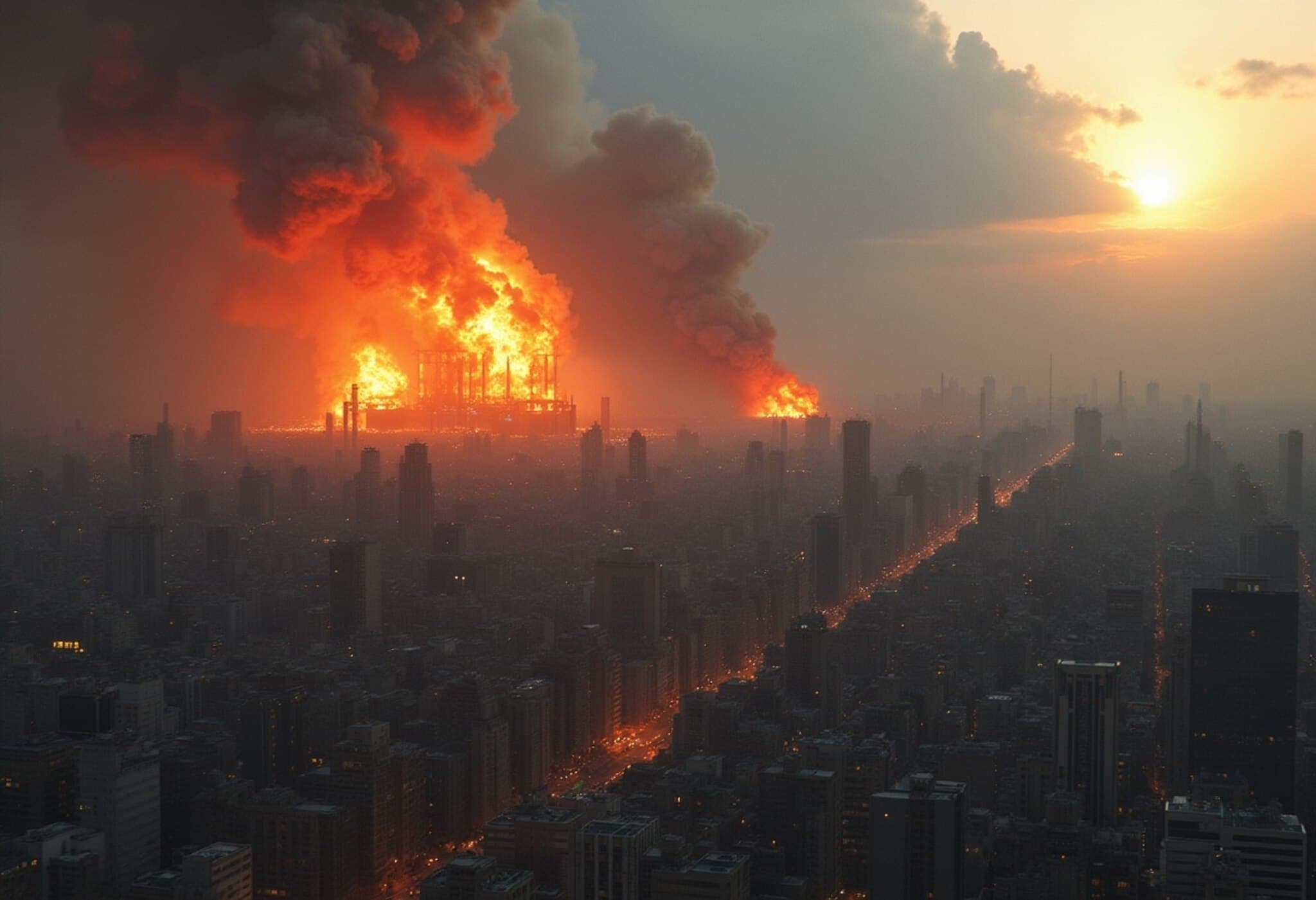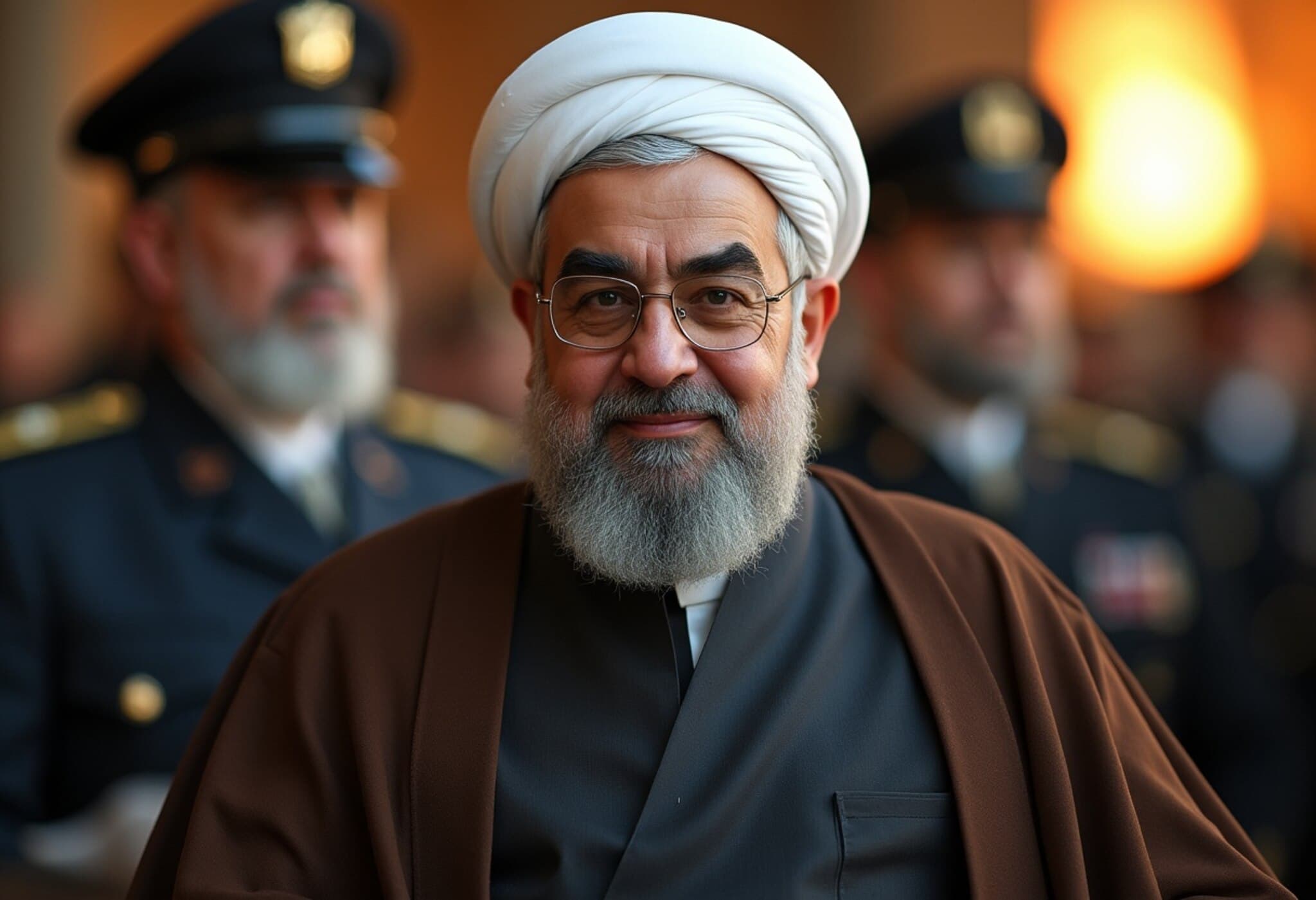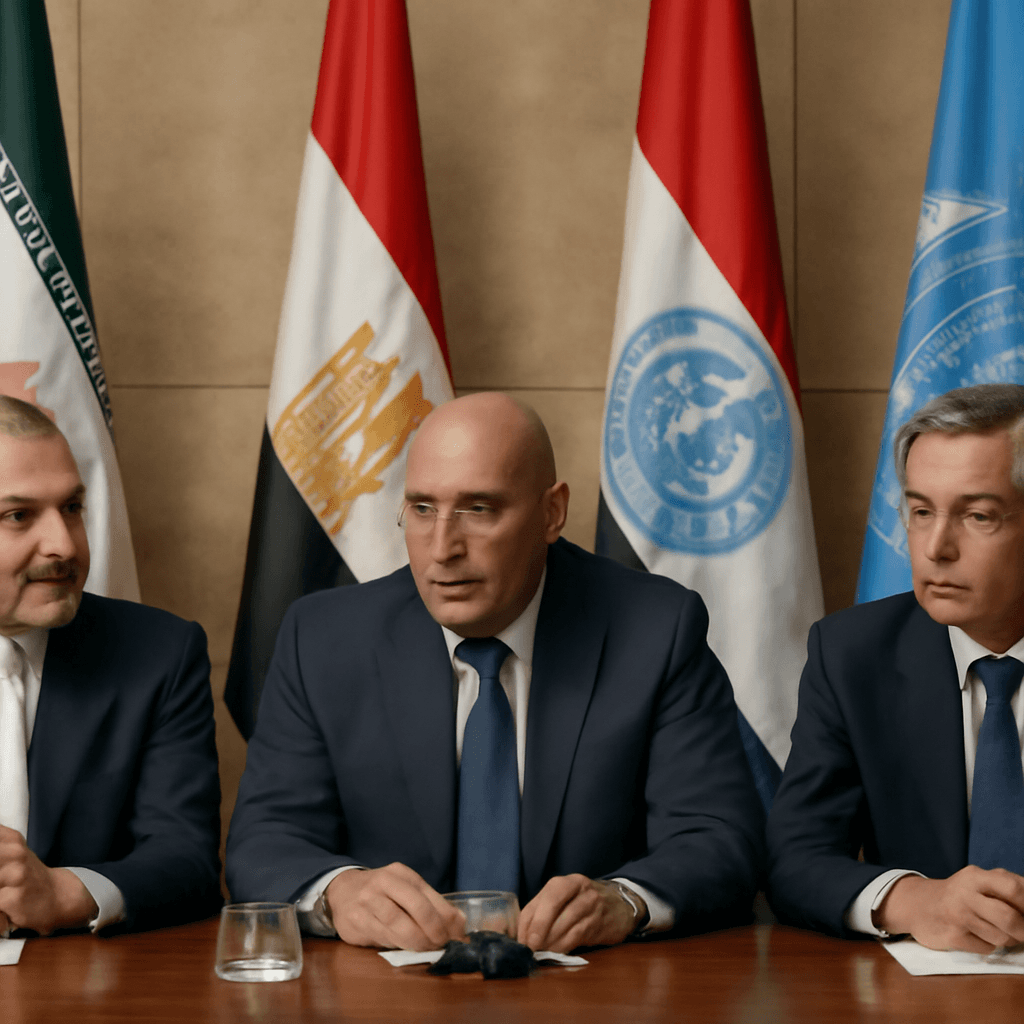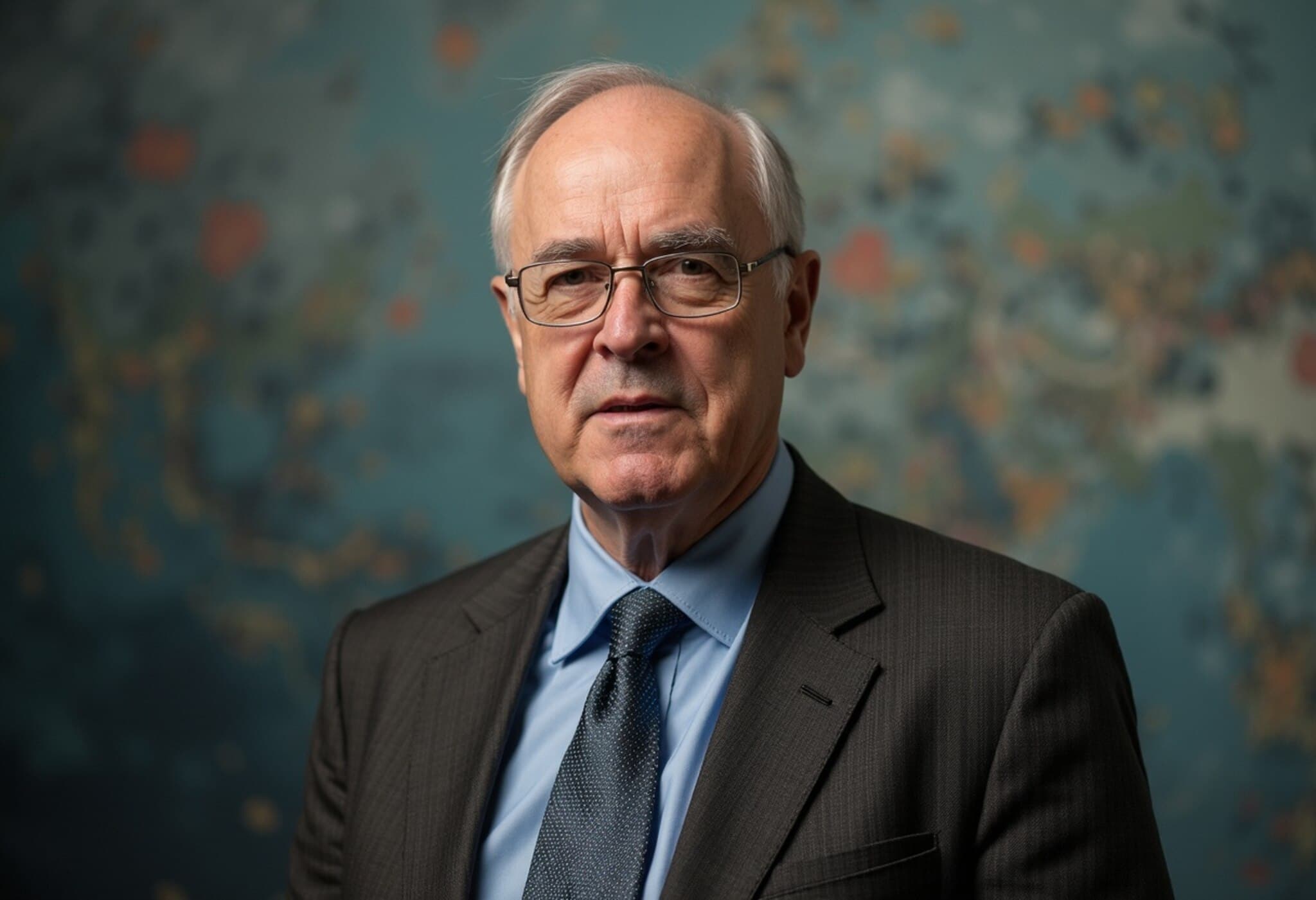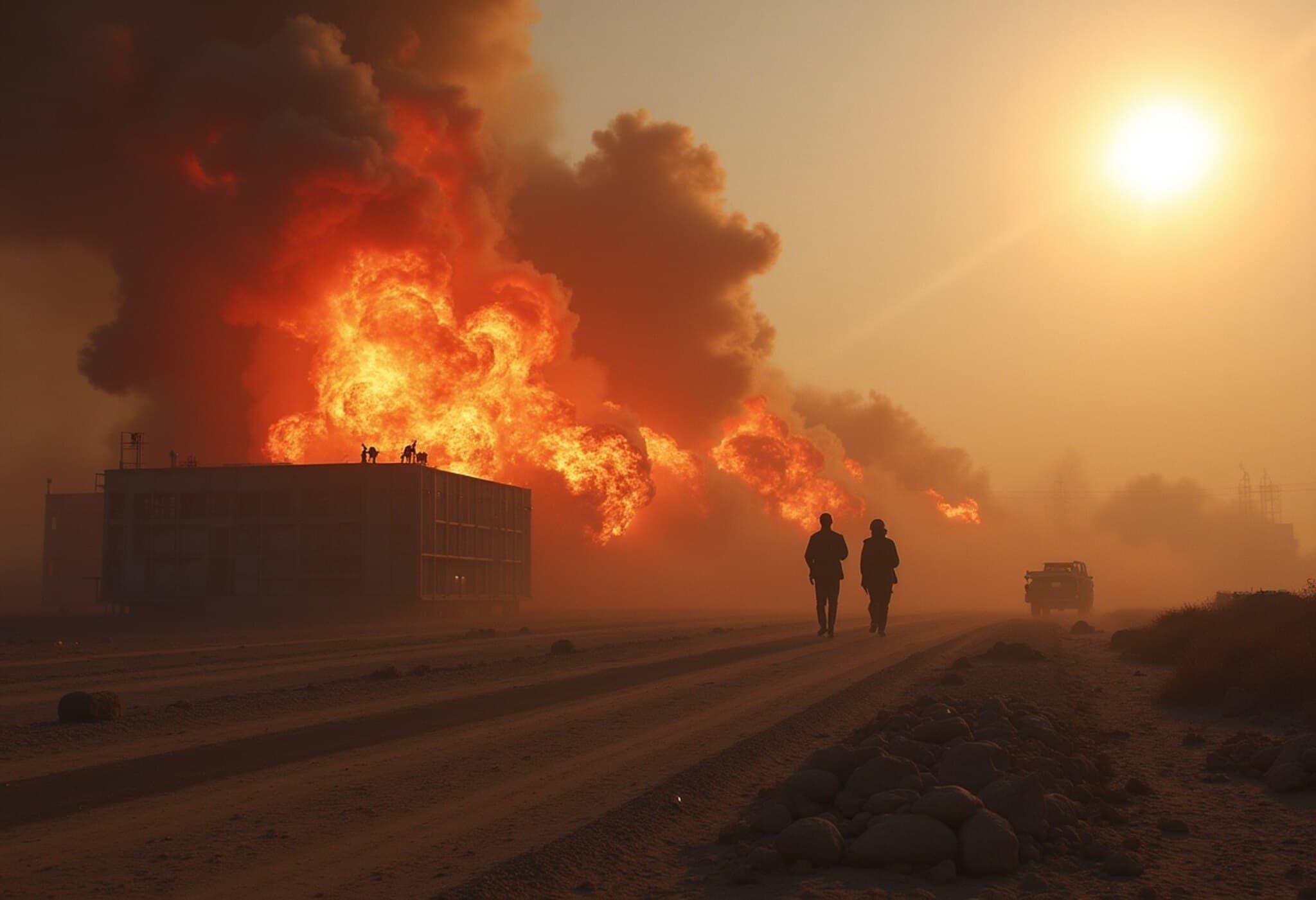IAEA Uncovers Iran's Secret Nuclear Operations
A confidential report by the International Atomic Energy Agency (IAEA) has revealed that Iran conducted undeclared nuclear activities involving nuclear material at multiple locations under long-standing investigation. These findings indicate that Iran participated in a covert nuclear program with connections to nuclear weapons development.
Detailed Findings on Undeclared Sites and Activities
The IAEA identified three specific undeclared sites: Lavisan-Shian, Varamin, and Turquzabad. The report concludes these locations were part of an undeclared, structured nuclear program run by Iran until the early 2000s. At Lavisan-Shian, uranium metal discs were used in explosively-driven neutron source experiments in 2003, which are essential for initiating nuclear weapon detonations.
Additionally, nuclear material or heavily contaminated equipment linked to that program was stored at Turquzabad between 2009 and 2018. The agency also noted Iran’s cooperation remains “less than satisfactory” in several respects, particularly regarding unresolved uranium traces found at two sites.
Implications for Iran’s Non-Proliferation Commitments
The report’s unequivocal conclusions pave the way for the IAEA Board of Governors, which consists of 35 member states, to consider formal resolutions finding Iran in breach of its non-proliferation obligations. Such a move would mark the first formal non-compliance declaration against Iran in nearly two decades and could escalate tensions in diplomatic negotiations concerning Iran’s nuclear program.
Growth of Uranium Enrichment Capacity
In a related report, the IAEA highlighted a sharp increase in Iran’s uranium stock enriched up to 60% purity—just below weapons-grade levels of approximately 90%. The stockpile jumped to 408.6 kilograms, sufficient material for approximately nine nuclear weapons if further enriched.
The IAEA described this high-level enrichment activity as a “serious concern,” noting Iran remains the only country enriching uranium to this extent without recognized weapon development.
International Reactions and Future Prospects
- Western powers, including the United States, Britain, France, and Germany, are expected to submit a draft resolution condemning Iran’s violations at the upcoming IAEA Board meeting scheduled for early June.
- Such a resolution could prompt referral of Iran to the United Nations Security Council, potentially leading to new sanctions or diplomatic measures.
- There is concern this escalation may drive Iran to accelerate its nuclear program further, complicating ongoing efforts to revive nuclear agreements.
- Israel has expressed alarm, warning that the report confirms Tehran’s determination to develop nuclear weapons and urging immediate international action.
Background on Iran’s Nuclear Program
While Iran maintains its nuclear efforts are solely for peaceful purposes, suspicions have persisted regarding a covert weapons program. Intelligence assessments and international investigations have long suggested Iran had a coordinated nuclear weapons program that was halted in the early 2000s, a claim Iran denies.

